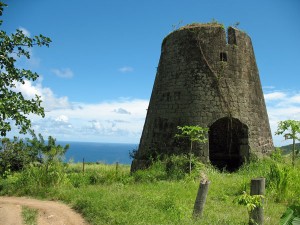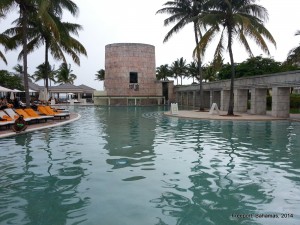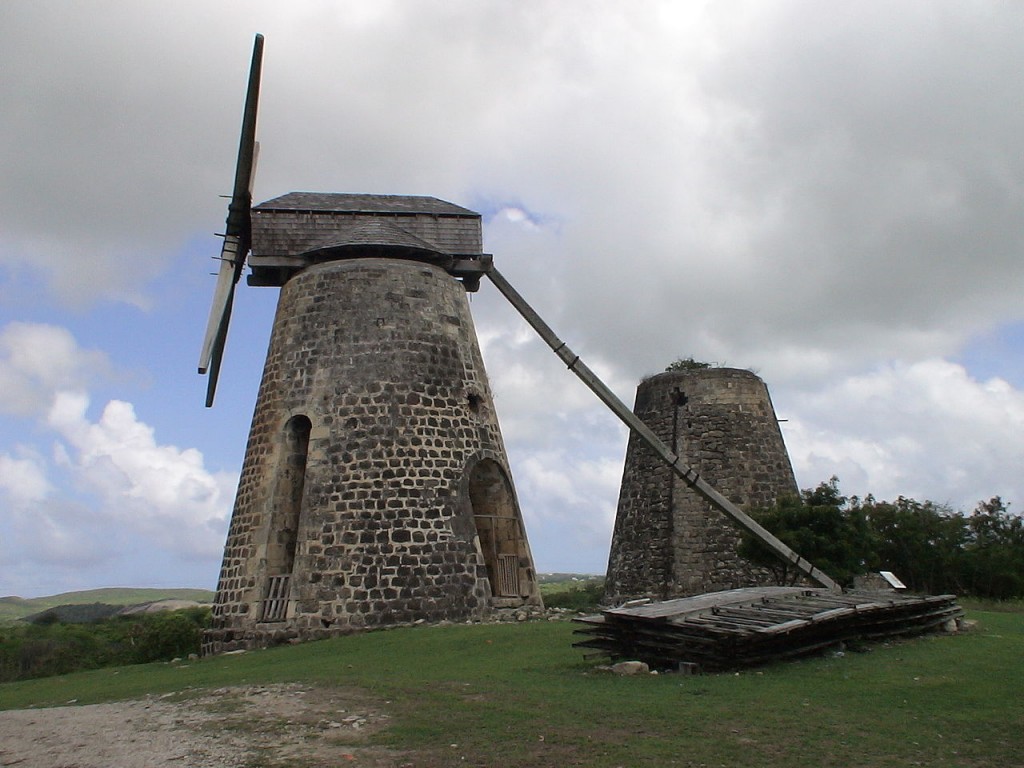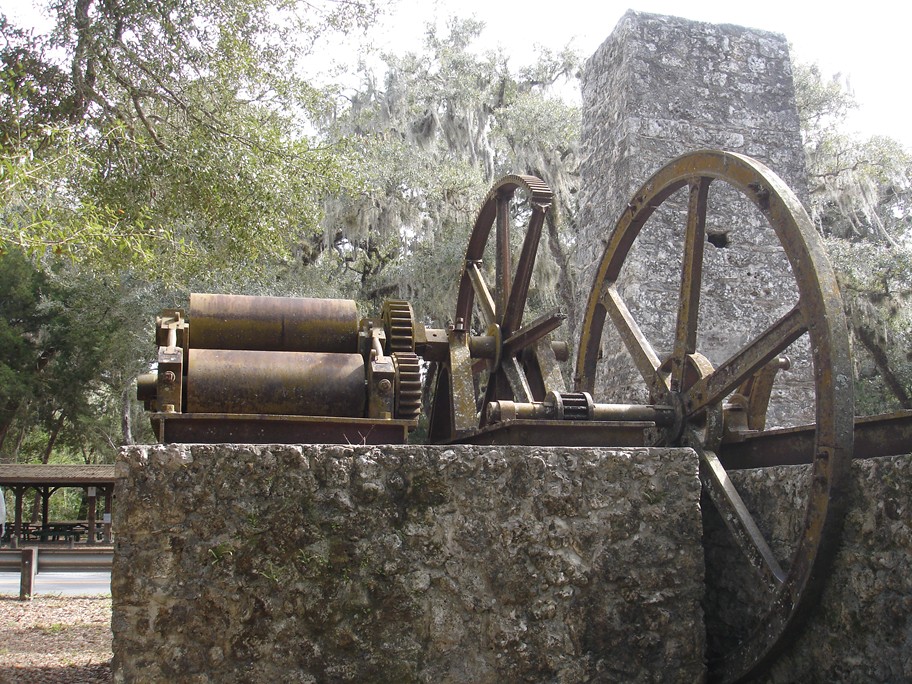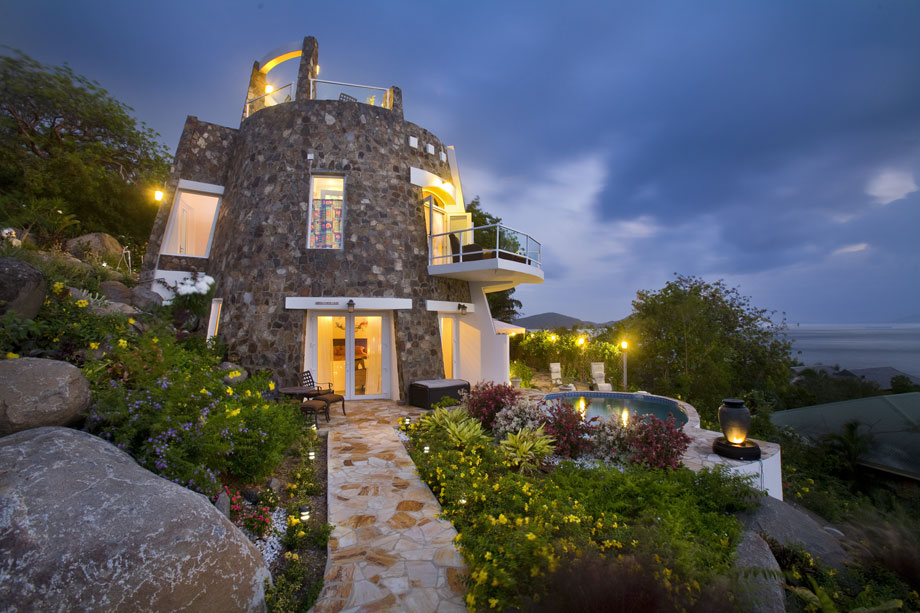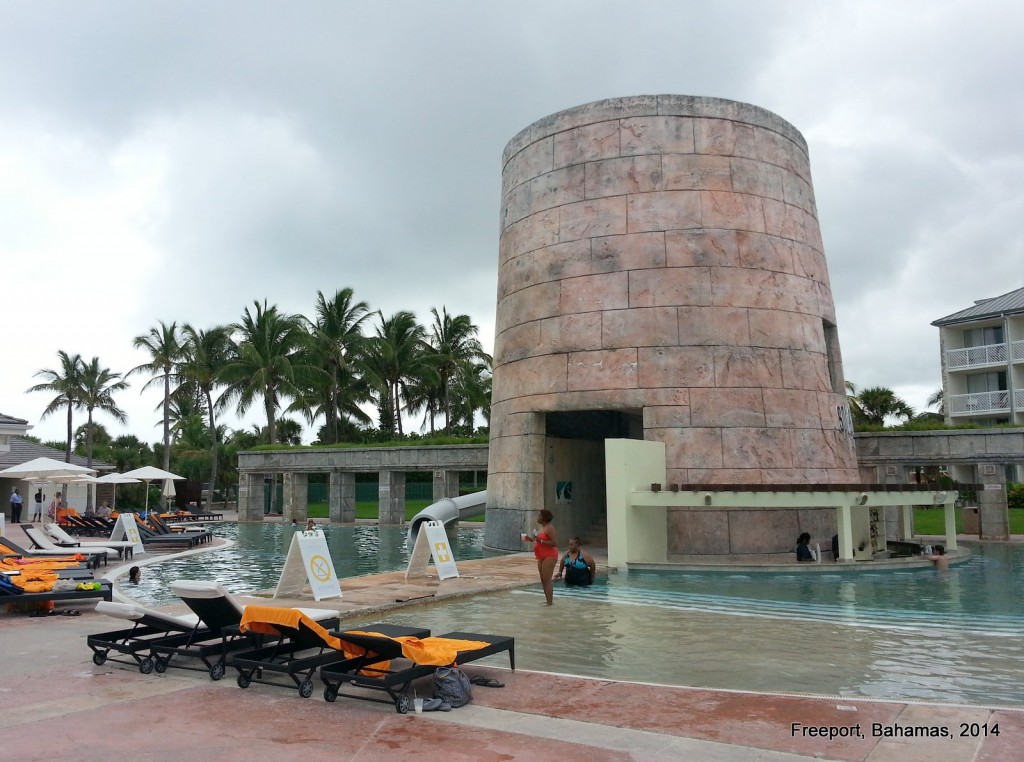So I took a four day cruise to the Bahamas. Only one 60 minute session of smartphone use permitted. Laptop left at home.
But I took my new sugar baby brain with me to the Bahamas. Of the 319,000 people, 85% are dissidents of African slaves that were brought to the Caribbean for sugar production. But not directly to the Bahamas. The Bahamas were semi abandoned until British loyalist arrived after the American Revolution. Slaves from other islands were purchased to grow cotton, then latter as freedmen and women, to grow pineapples.
Wandering through the big “all inclusive” resorts of Freeport, a fake, sugar cane mill structure rises as the main image and bar at the swimming pool. My sugar baby brain reacted. For the tourist, any relationship between sugar and slavery is replaced with the romance of the simple stone structure rendered in stucco and paint. Eight years ago, I traveled and enjoyed the ruins of Florida sugar mills without a thought beyond the stones. Beauty celebration moves forward by dissociation from deep memories of the past.
I keep trying to finished Rebecca West’s “Black Lamb and Grey Falcon” – a 1150 page tour of the Balkans in the 1930s. Association, not dissociation, is heart of every page. No valley or building or bridge is not connected to some previous memory or thought. Emotional memory or empathy with the past enriches the present with its sadness and joy. A working knowledge of the past 400 years of Balkan, European and Turkish history is required to follow the connection. Now 80 years later, her descriptions and connections are woven such that the Balkan wars of the late 20th century and rise of Islam link perfectly with her story. Remembering is better than forgetting.
In the world of public art, architecture and historic places, so much information is available at the actual sites. But the information avoids the associations that enriches the experience. Only specific facts, not the connections for other events. The local politicians and tourist bureau have no need to add the tangents of thought to a walking trail or brochure description. In our political system, only the artist has a chance to introduce the tangents and emotional connections in public space.
Like Walker, I ask all public artists to use the work itself and your public statements to force the tangents to the surface. Keep the mind and heart alive in the public realm.
In the 18th century (1737 as per a plaque at the main entrance), at Betty’s Hope Barbados, twin windmills were used to crush sugar cane. Initially, the windmills had three vertical rollers to crush the cane fed by two men and it could crush and extract only 60% of cane juice even after two rounds of crushing. This process underwent improvements with three horizontally placed rollers which increased the efficiency of extraction by another 20%. Each wind driven mill extracted cane juice from cane produced from 2 acres (0.81 ha) of land and carted to the mill. The extracted juice was collected in an underground collection chamber from where it was conveyed through a pipe to the boiling house. The bagasse was dried and used as fuel in the boiler and distilling process. The weekly production was generally about 5,500 gallons of cane juice from 200 tons of cane.

